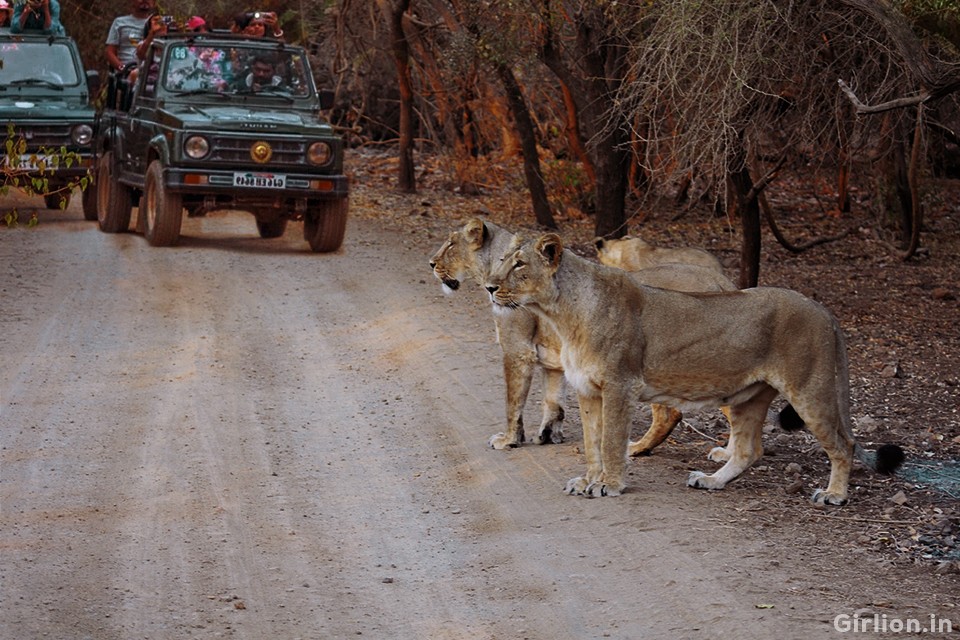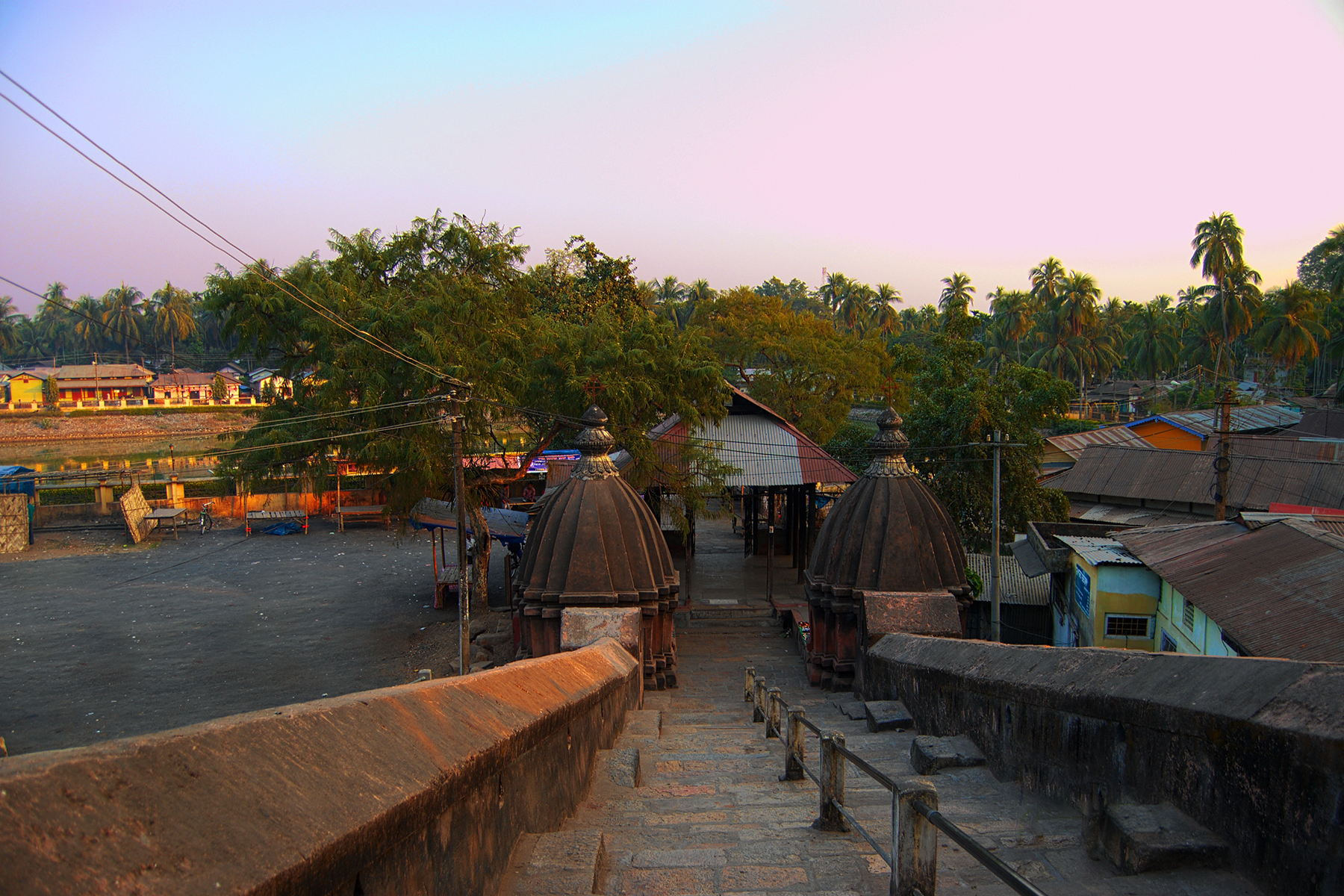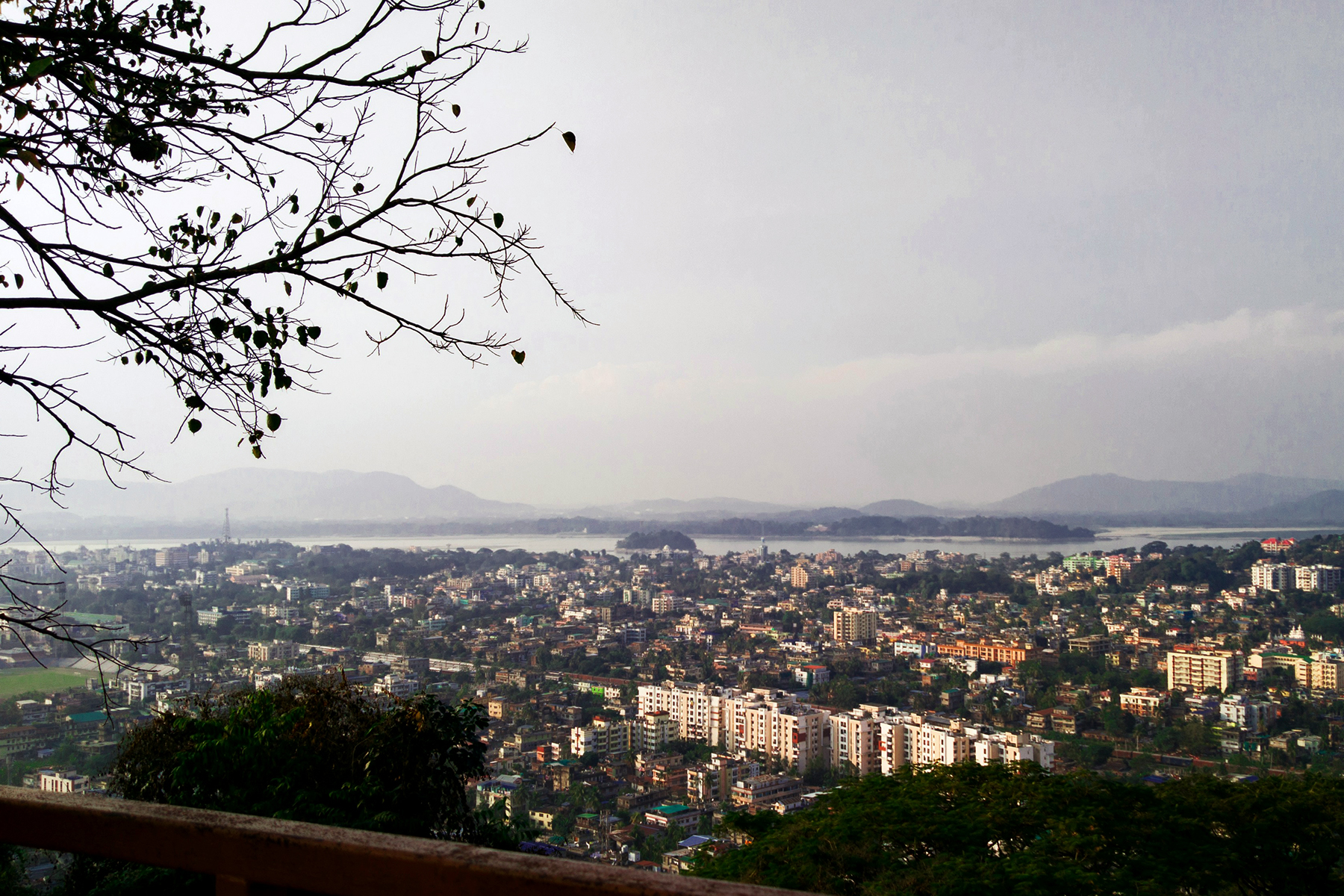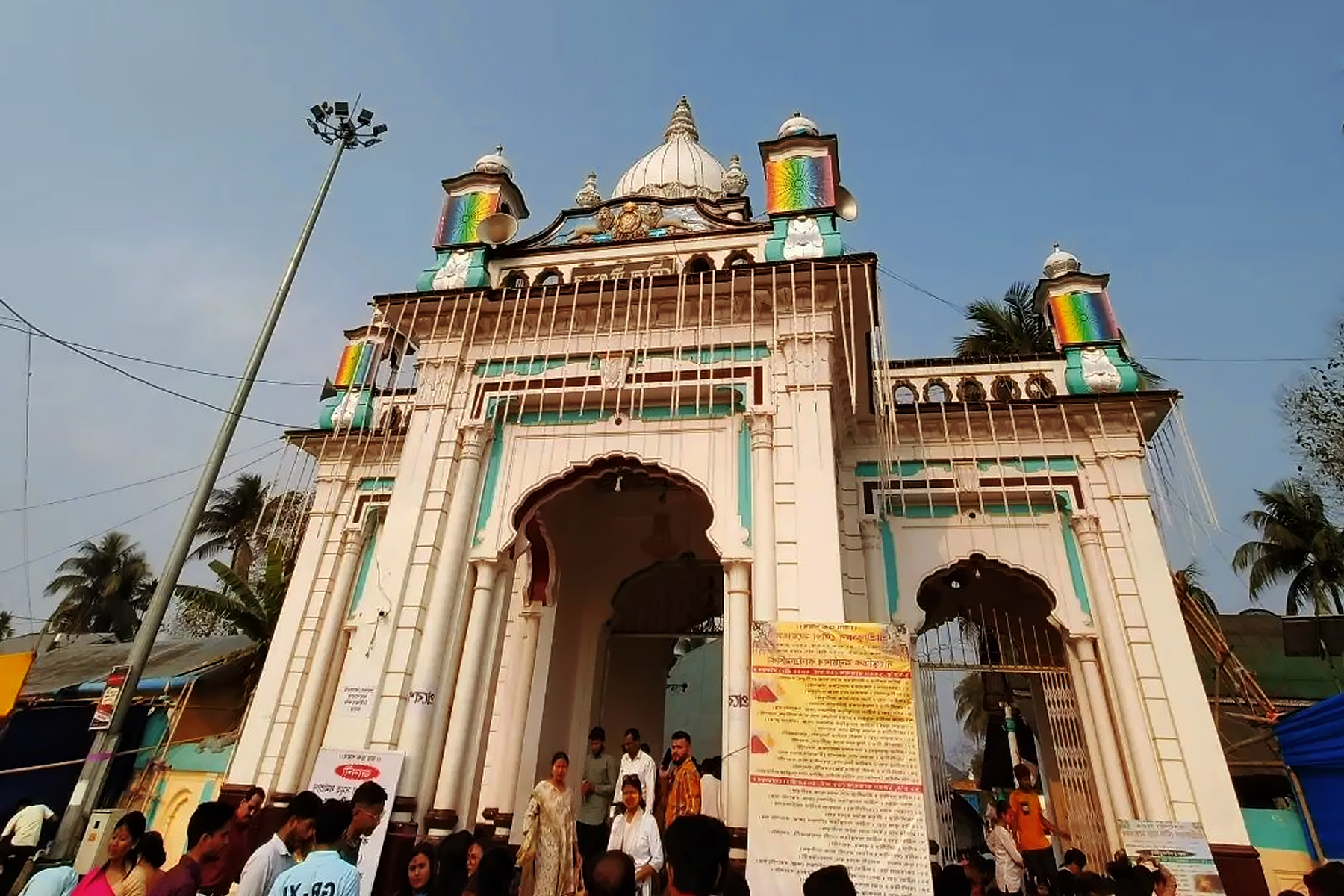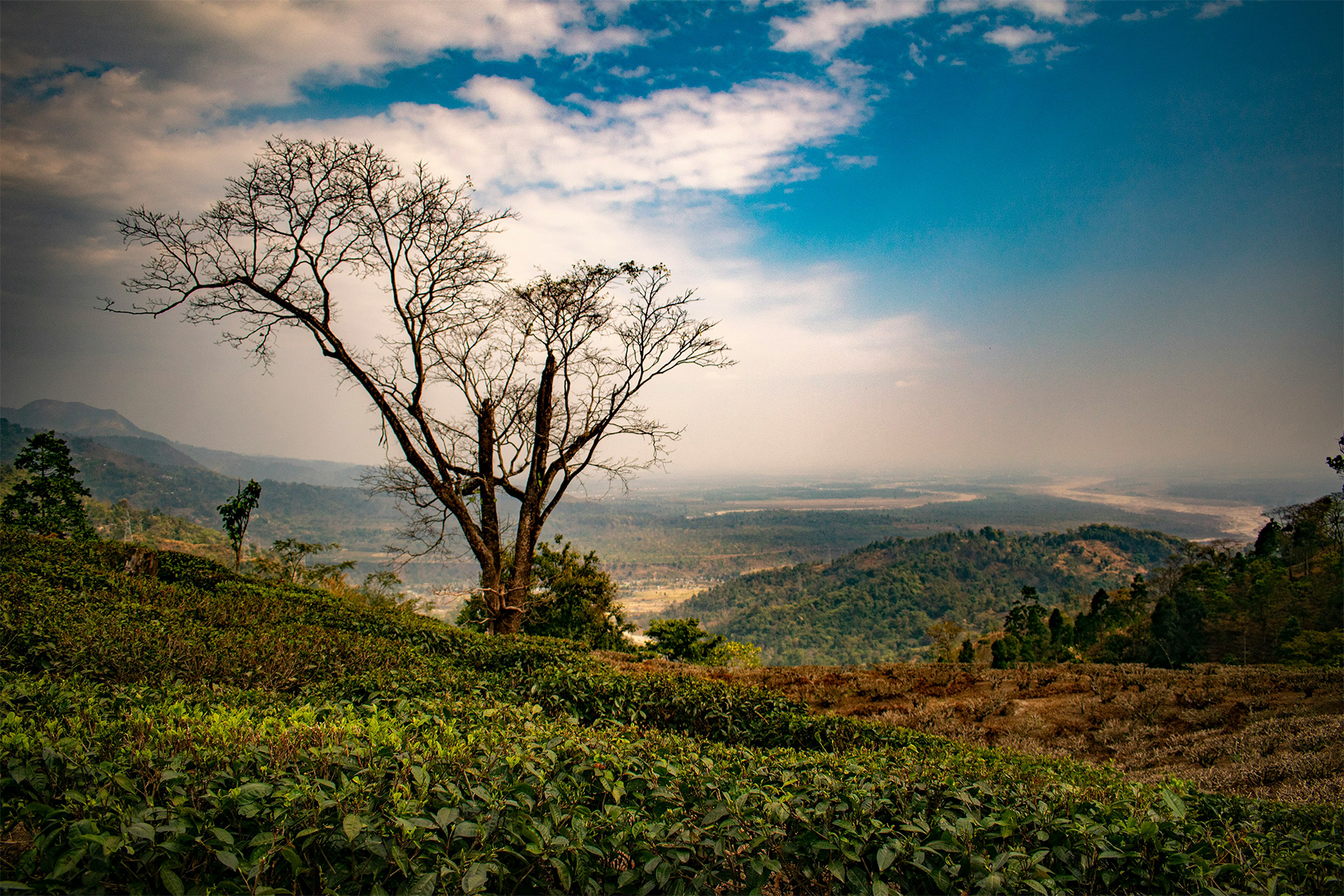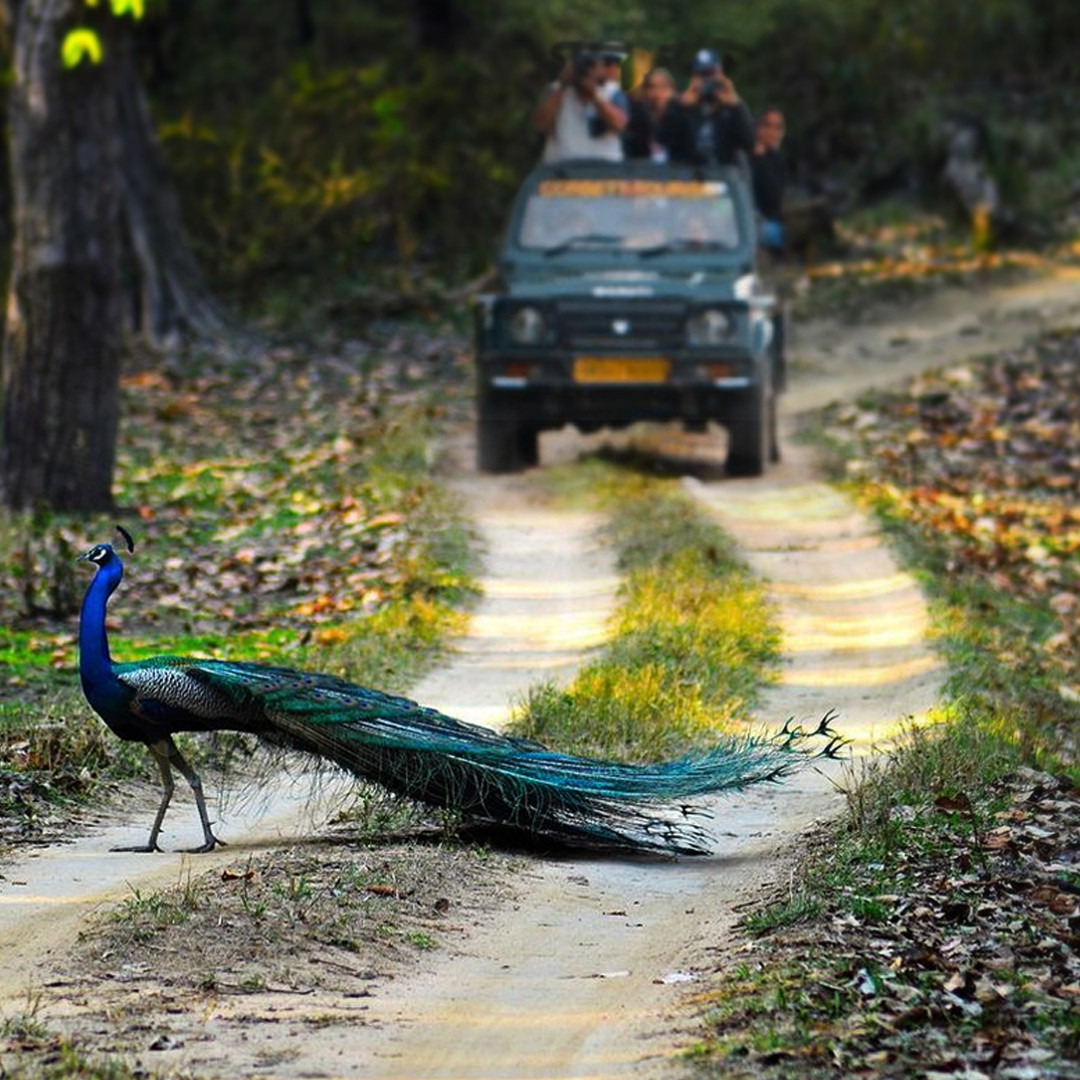Manas National Park
Create Memories in the wild at Manas National Park by spotting animals like elephants, tigers, one-horned rhinos, clouded leopards, hispid hare, golden langur, and pygmy hog by going on thrilling safari rides.
Book Now
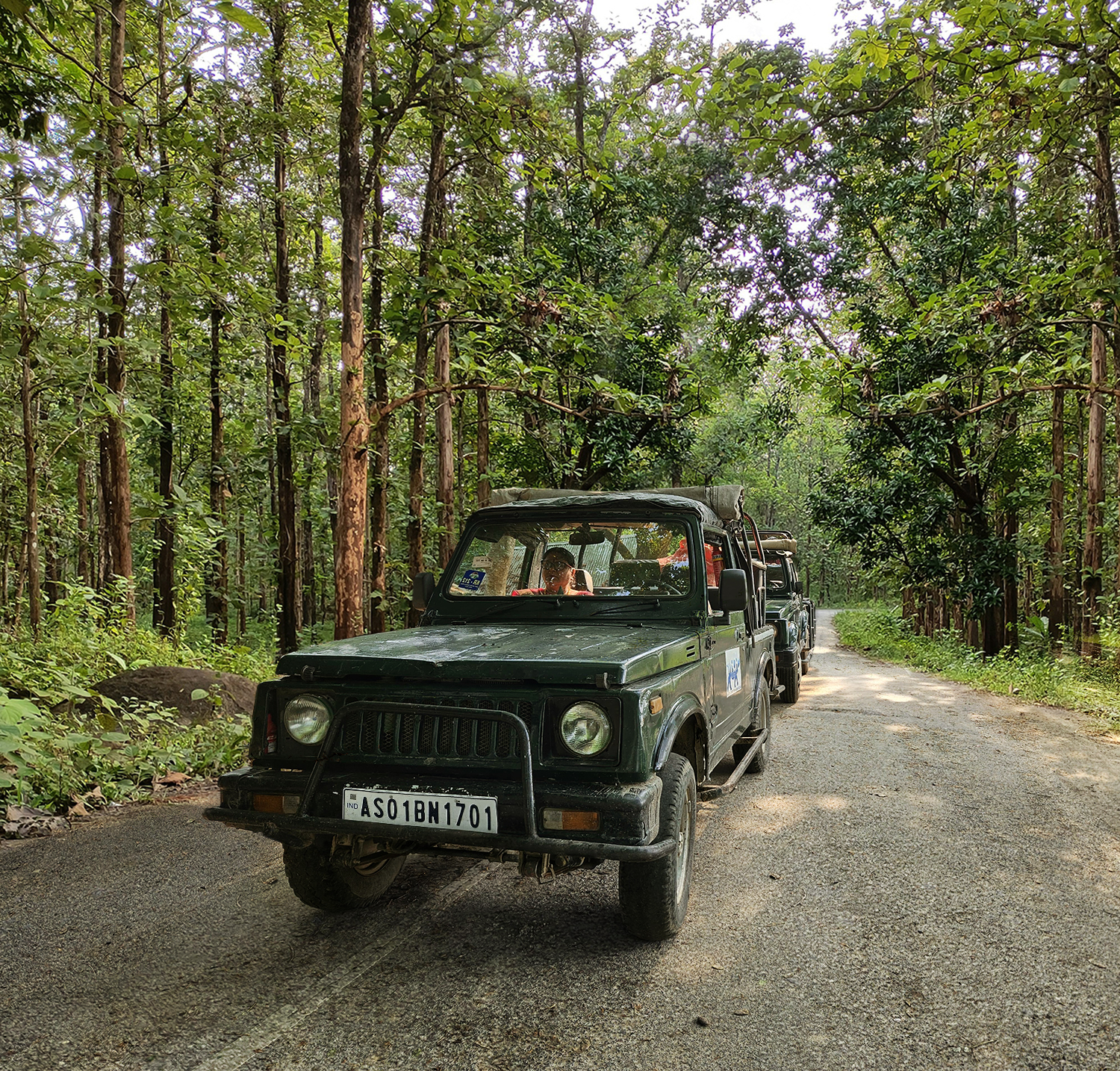
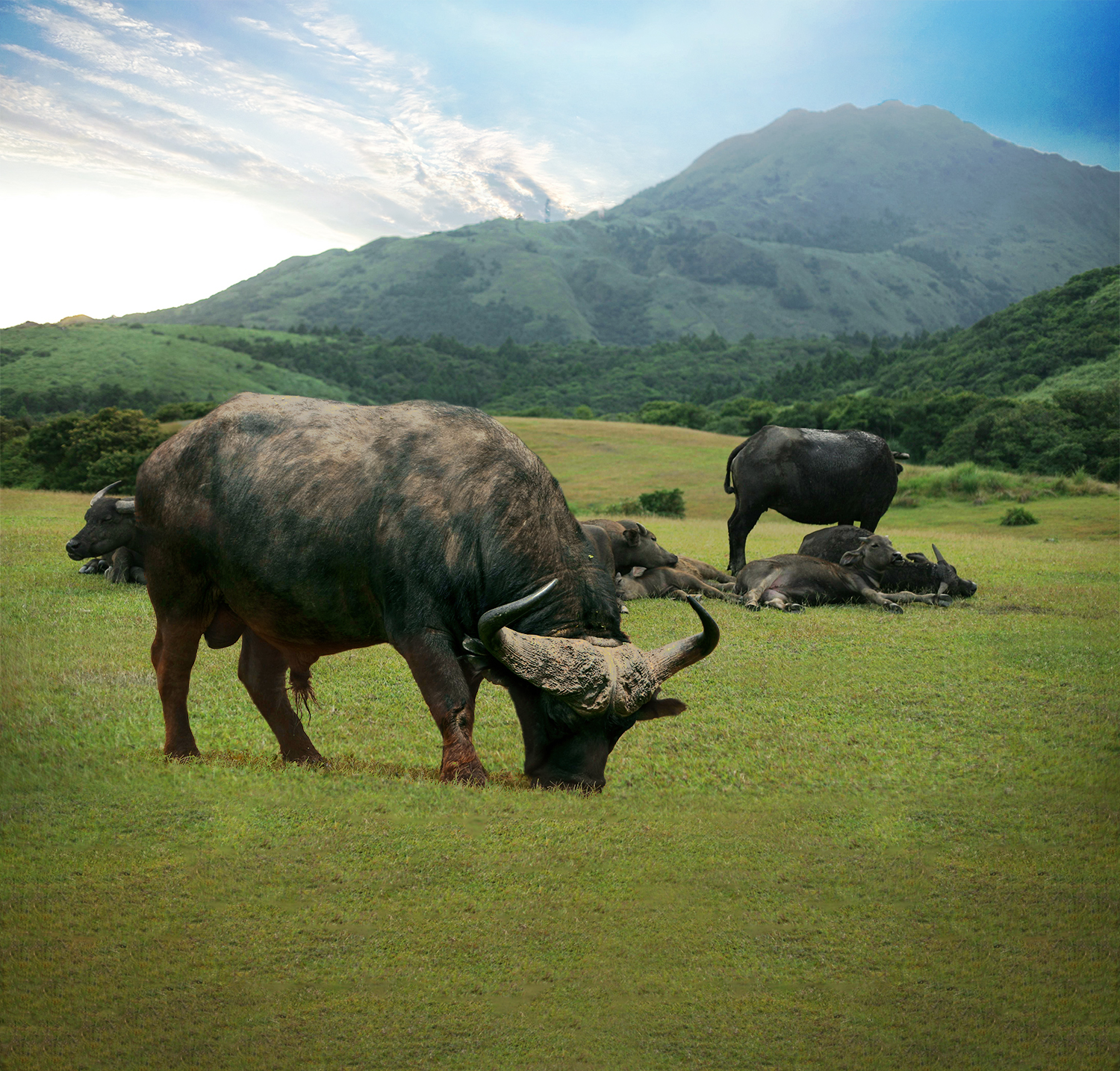

Manas National Park
Manas National Park is one of the wildest places in Assam. This park is located on the Himalayas' foothills and is home to unique biodiversity and beautiful landscapes. This park was declared a national park in 1990 and it also gained a badge of UNESCO World Heritage Site in the year 1988. This park is the first one in Assam which gained popularity as a tiger reserve and it’s the fifth in India under the initiative of Project Tiger of 1973. This fine park gained popularity as a Biosphere Reserve in 1989. Not only a Tiger Reserve and a Biosphere Reserve, this park was also established as an Elephant Reserve back in 2003.
This is a huge reserve that covers an area of 2837 square kilometers and a river called Manas River flows through the park and divides this National Park into two halves and forms a border with Bhutan. This wild and scenic park is contiguous with the Royal Manas National Park in Bhutan. The Manas National Park Assam is a part of Manas Tiger Reserve and it covers an area of 850 Sq. Kms. The wildlife reserve covers the Chirang, Darrang, Kokrajhar, Udalguri, and Baska districts of Assam and has three mountain ranges: Bansbari (in the center), Panbari (in the west), and Bhuiapara (in the east).
This park houses the largest number of protected species of India including tiger, leopard, civet, elephants, buffalo, pygmy hog, golden langoor, Assam roof turtle, and the Bengal florican. This huge and wild park is home to around 60 species of mammals, 42 reptile species, 7 amphibians, 312 birds, and 54 fishes, along with more than 100 species of insects.
!! Geographical Features !!
- The park is situated at an average altitude of 61-110 meters.
- It covers a huge area of 850 square kilometers.
- The average temperature of the park ranges from 15°C to 37°C.
- The average rainfall in this particular area is over 300 cm and occurs mostly from the month of May to month of September.
- The main vegetation types that are here include alluvial grasslands (which cover 50% of this region), and dry deciduous, moist deciduous, and semi-evergreen forests.
- The main river inside the Manas National Park is the Manas River which flows through the west of the park.
- The Manas River also acts as an international border that divides India and Bhutan.
- Along with Manas, five other smaller rivers also flow through the national park and they are on a wide and low-lying alluvial terrace. These small rivers spread out below the foothills of the outer Himalayas.
- This huge park has the richest biodiversity in its area with the combination of the Sub-Himalayan Bhabar Terai formation along with the riverine succession continuing up to the Sub-Himalayan mountain forest.
- This national park serves as a boundary between India and Bhutan according to India's map.
| Area | 850 square kilometers |
| Ranges | Panbari Range (Western), Bansbari Range (Central) and Bhuyanpara Range (Eastern) |
| Latitude | 26° 43' N - 26° 717' N |
| Longitude | 90° 56' N - 90.9.933'' ' E |
| Location | Baksa and Chirang districts of Western Assam |
| Rainfall | 3000 mm |
| Climate | Tropical (15°C to 37°C) |
| When To Visit | October to May |
| Distinctions | UNESCO World Heritage Site, Project Elephant Site, Biosphere Reserve, Tiger Reserve, IBA by Birdlife International |
!! Activities In Manas National Park !!
Explore the culture and wildness of this Manas National Park by taking part in these activities.
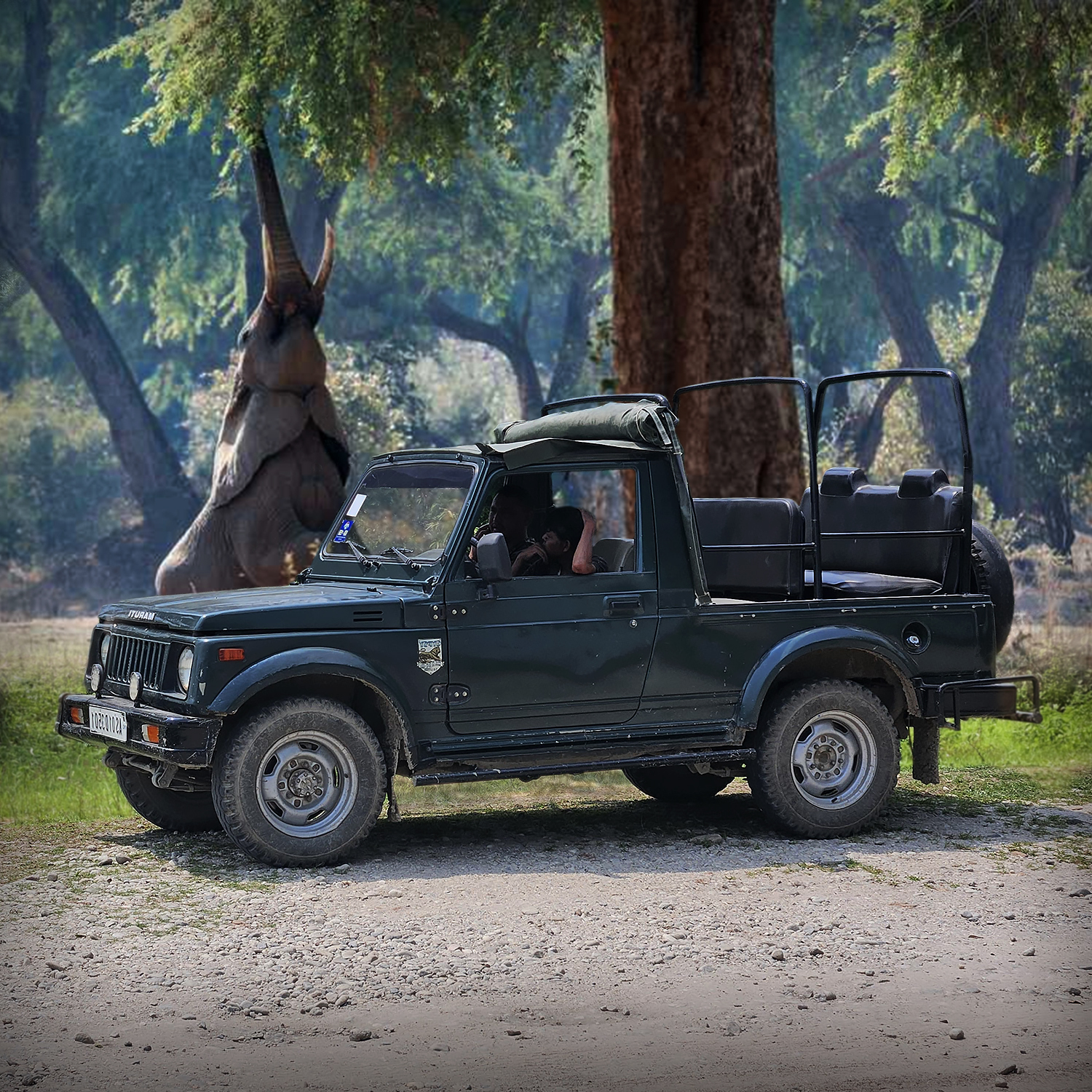
Gypsy Safari:
Manas National Park is a wild place that is home to more than 20 endangered species of birds and animals. Here you can get the rare sightings of Assam roofed turtles, pygmy hogs, and hispid hares. Along with them, you can spot animals like Indian Rhinoceros, Asiatic Buffalo, Leopard, Himalayan Bear, Wild Boar, etc by going on a gypsy safari ride inside this wild park. People can make Manas National Park booking to enjoy a ride in this wild area of Assam.
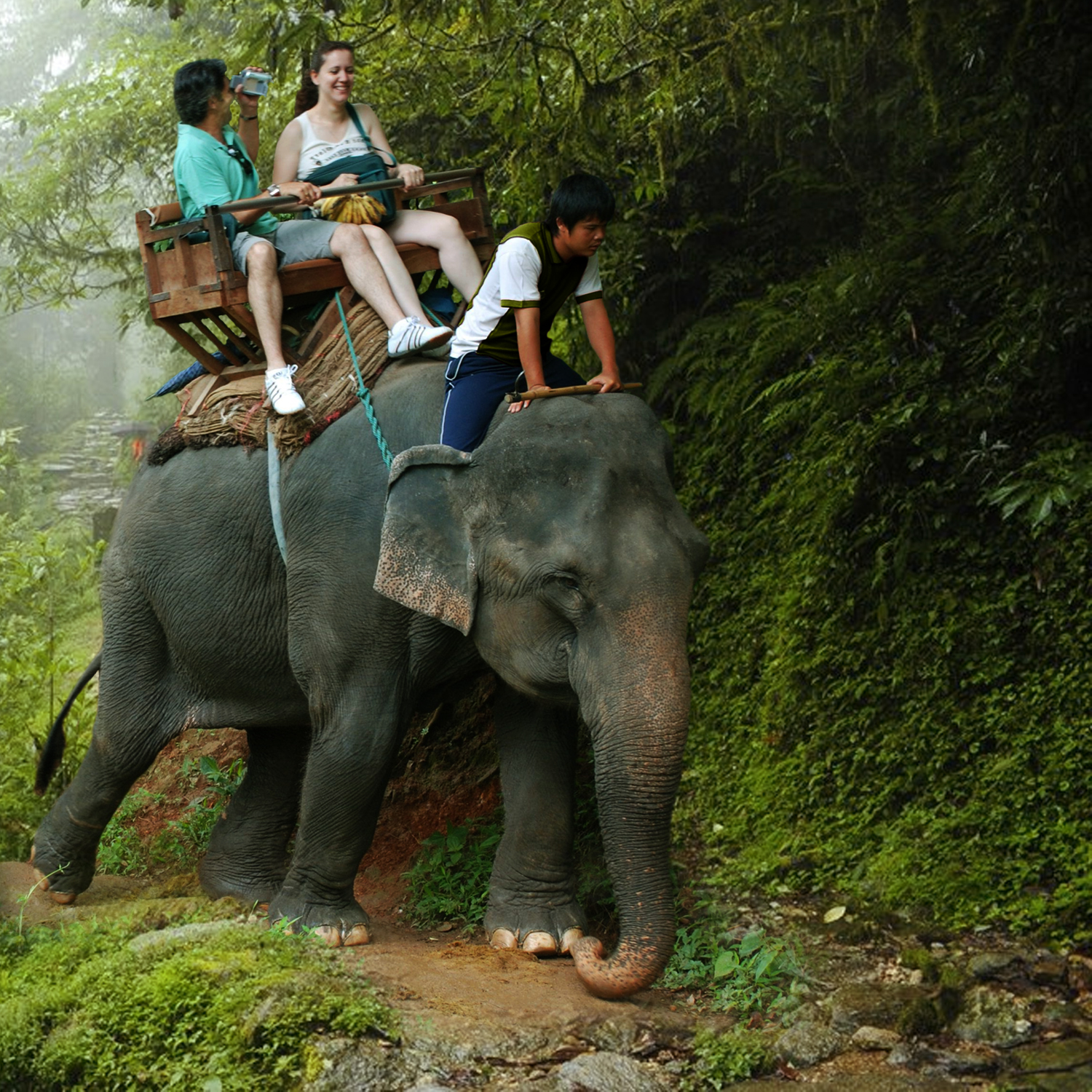
Elephant Safari:
Riding inside the wildness of the Manas National Park on the back of an elephant will be a super exciting adventure. Riding on an elephant in Manas National Park is an interesting way to explore the diverse flora and fauna of this huge park. These giant elephants are a part of nature and riding inside the park on them will give you a much more peaceful and enjoyable experience. You can make Manas National Park booking to enjoy this safari in Manas.
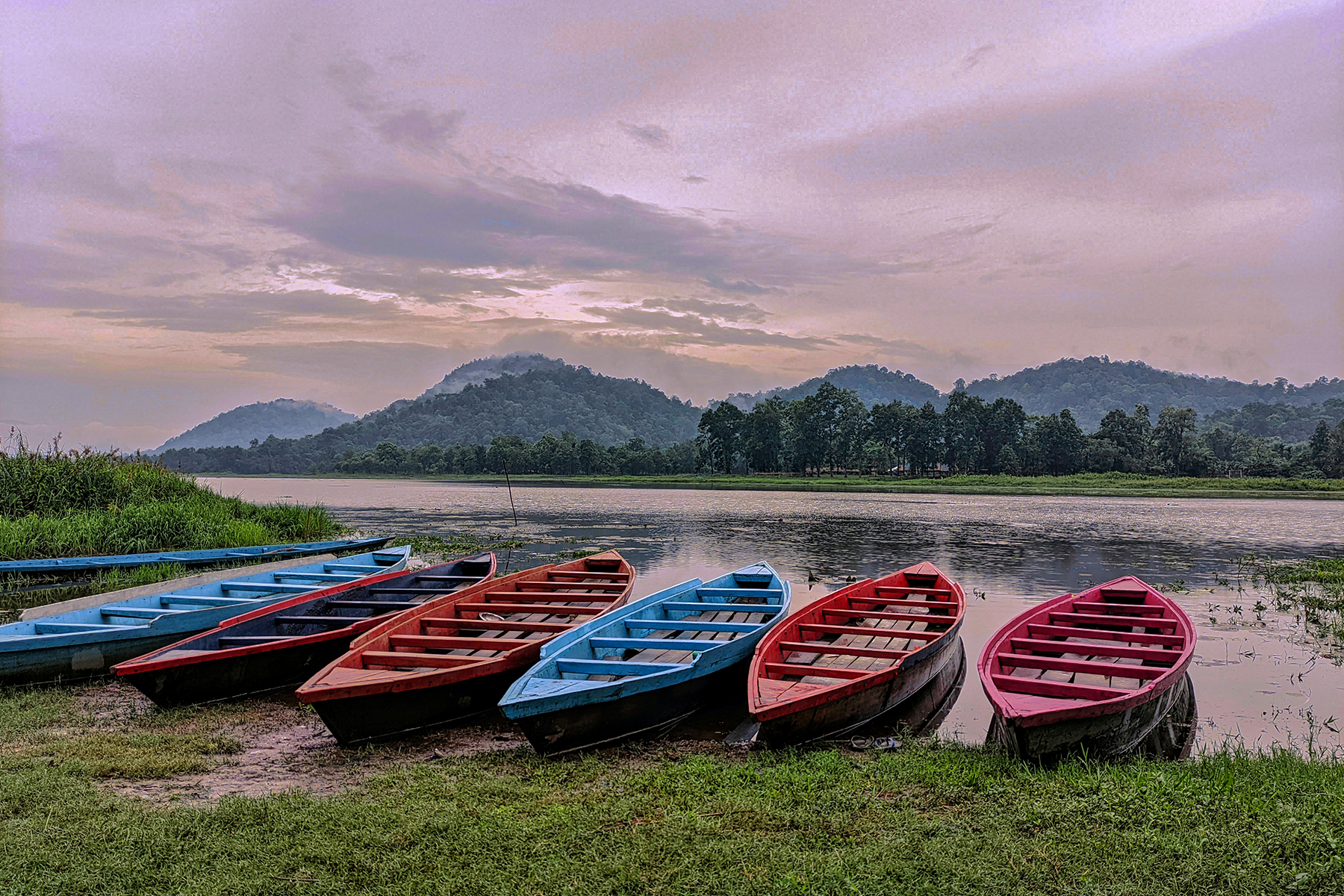
River Rafting
Adventure enthusiasts can book this thrilling activity to do inside the Manas River. River rafting in the slow waters of this river will be a memorable experience. It will be an adventurous ride for around 35km and you will go through the wild deciduous forests. While enjoying this activity you can even spot some beautiful residents and migratory birds. It’s a fun activity inside Manas. If you’re interested to enjoy it then making a Manas Tour Package booking will be best for you.

Birding
Keep your binoculars and camera with you when visiting the wild Manas National Park Assam. You’ll spot many fancy and beautiful, colorful birds inside this scenic park. This park is home to many rare species of birds you have never seen or heard of before. Also, a lot of migratory birds can be spotted here in this floral park during the pleasant winter months. Manas National Park is a great spot for bird enthusiasts as well as wildlife lovers alike.
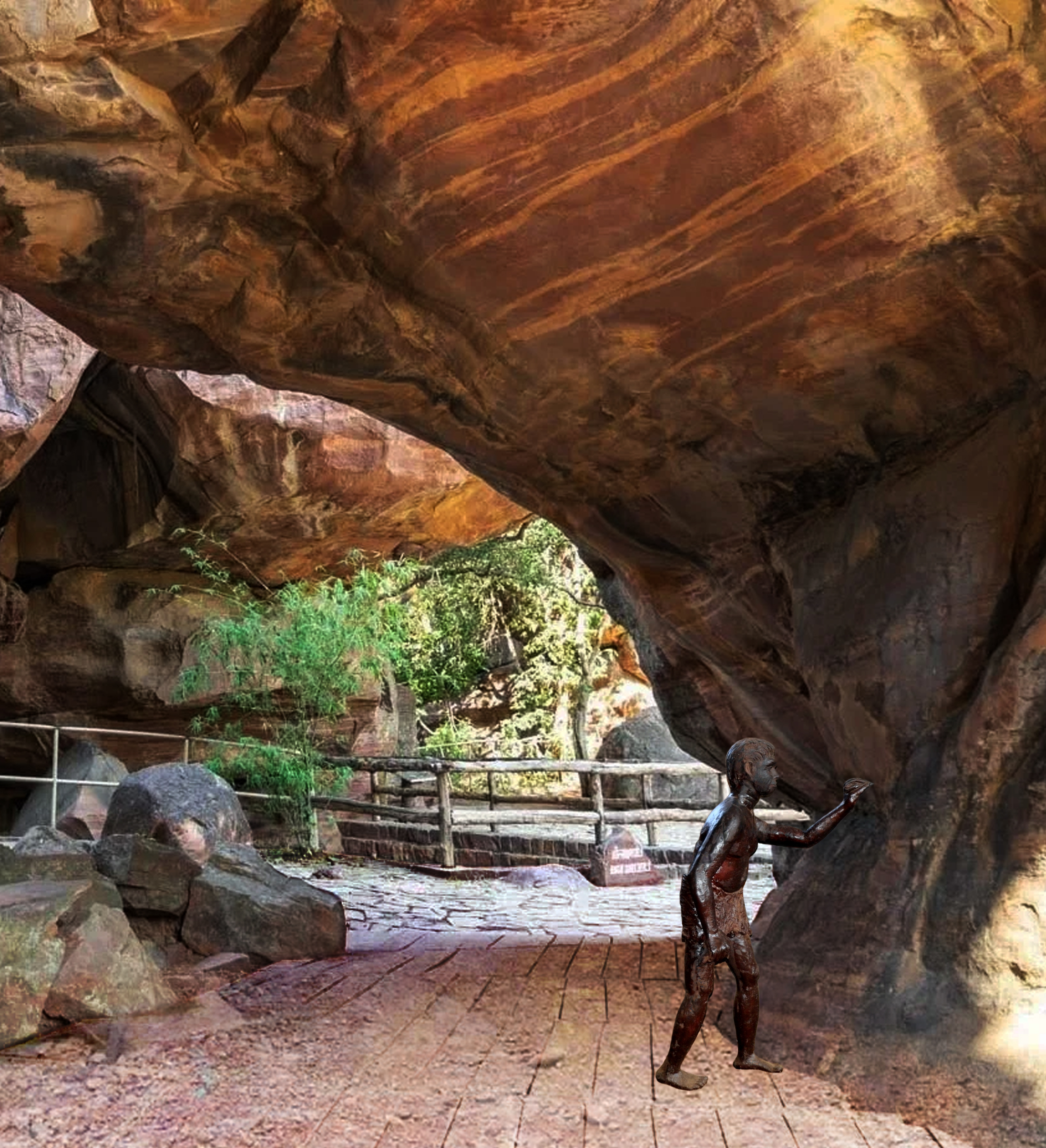
Tribal Village Visit
People who come to the Manas National Park can come across some local Bodo villages. These villages are inside the sanctuary and some tribal communities like Ragu Bil and Ghatigaon live here. It will be a great opportunity to watch the tribal people, their culture, and daily activities when you visit this place. They might let you participate in their enjoyable music and dance sessions during your exploration of the village.
!! Flora And Fauna !!
The Scenic Flora
Manas National Park has one of the richest biodiversity in India with the combination of Sub-Himalayan Bhabar Terai and the Himalayan subtropical broadleaf forests. Previously, around 543 plant species were recorded in the core area of this huge national park. The flora of Manas National Park includes 89 tree species, 49 different kinds of shrubs, 172 species of herbs, 36 climbers, 18 species of ferns, 15 orchids, 37 undershrubs, and 43 types of grass. In total, four types of vegetation can be found in this scenic park which are - Sub-Himalayan Light Alluvial Semi-Evergreen forests (northern parts); East Himalayan mixed Moist and Dry Deciduous forests; Low Alluvial Savanna Woodland, and Assam Valley Semi-Evergreen Alluvial Grasslands.
The Wild Fauna
With this much flora, this huge park is home to several rare and endangered animal species and birds. This famous wildlife sanctuary provides a home for 22 of India’s most threatened species of mammals. The fauna of Manas National Park Assam includes nearly 60 mammal species, 42 reptile species, 7 amphibians, and 500 species of birds, of which 26 are globally threatened. The most common animals of this park include elephants, tigers, greater one-horned rhinos, clouded leopards, sloth bears, and other species. The wild buffalo population that is found here is probably the only pure strain of this species that is still found in India. This scenic park also harbors endemic species like red panda, pygmy hog, hispid hare, and golden langur as well as the endangered Bengal florican.
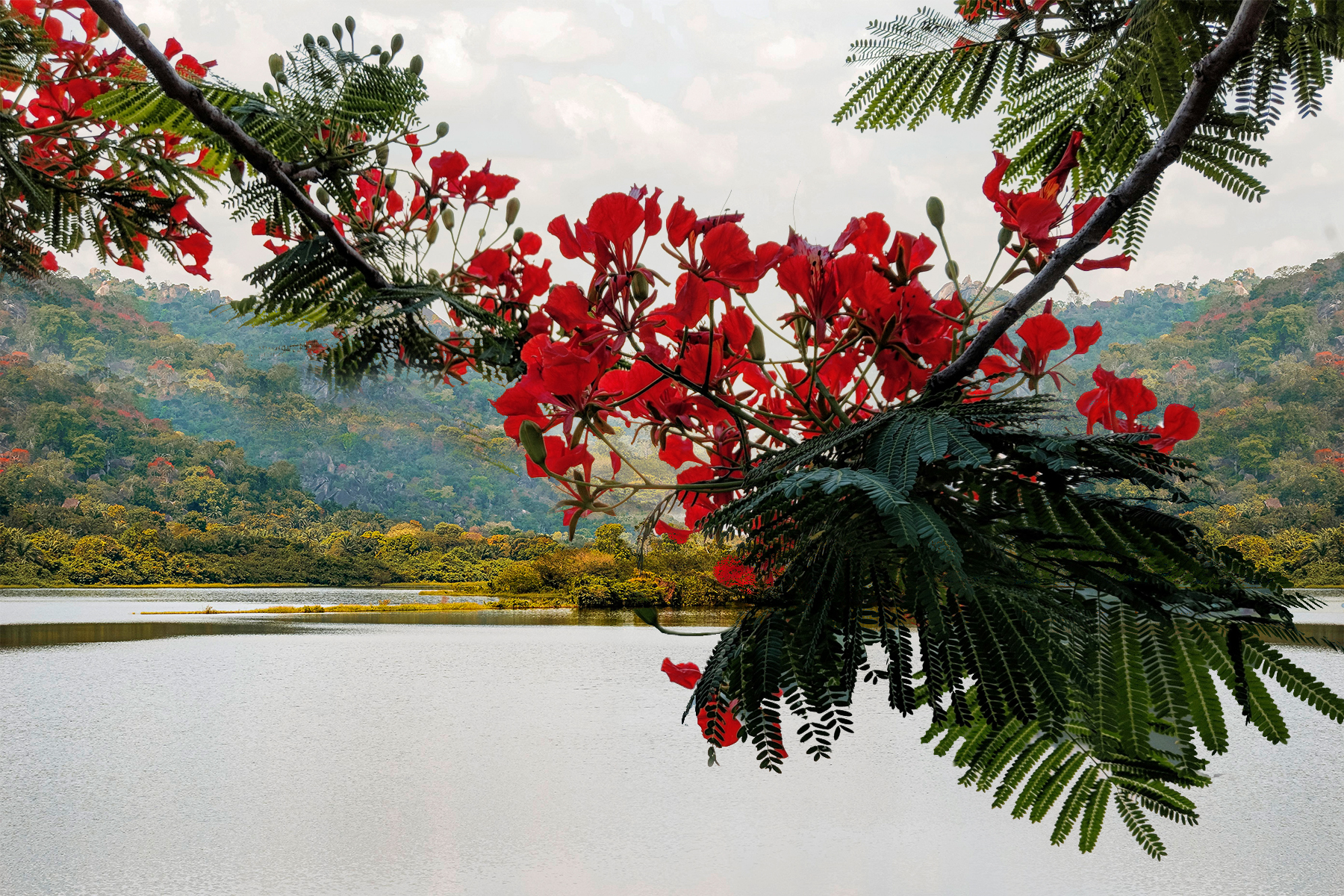
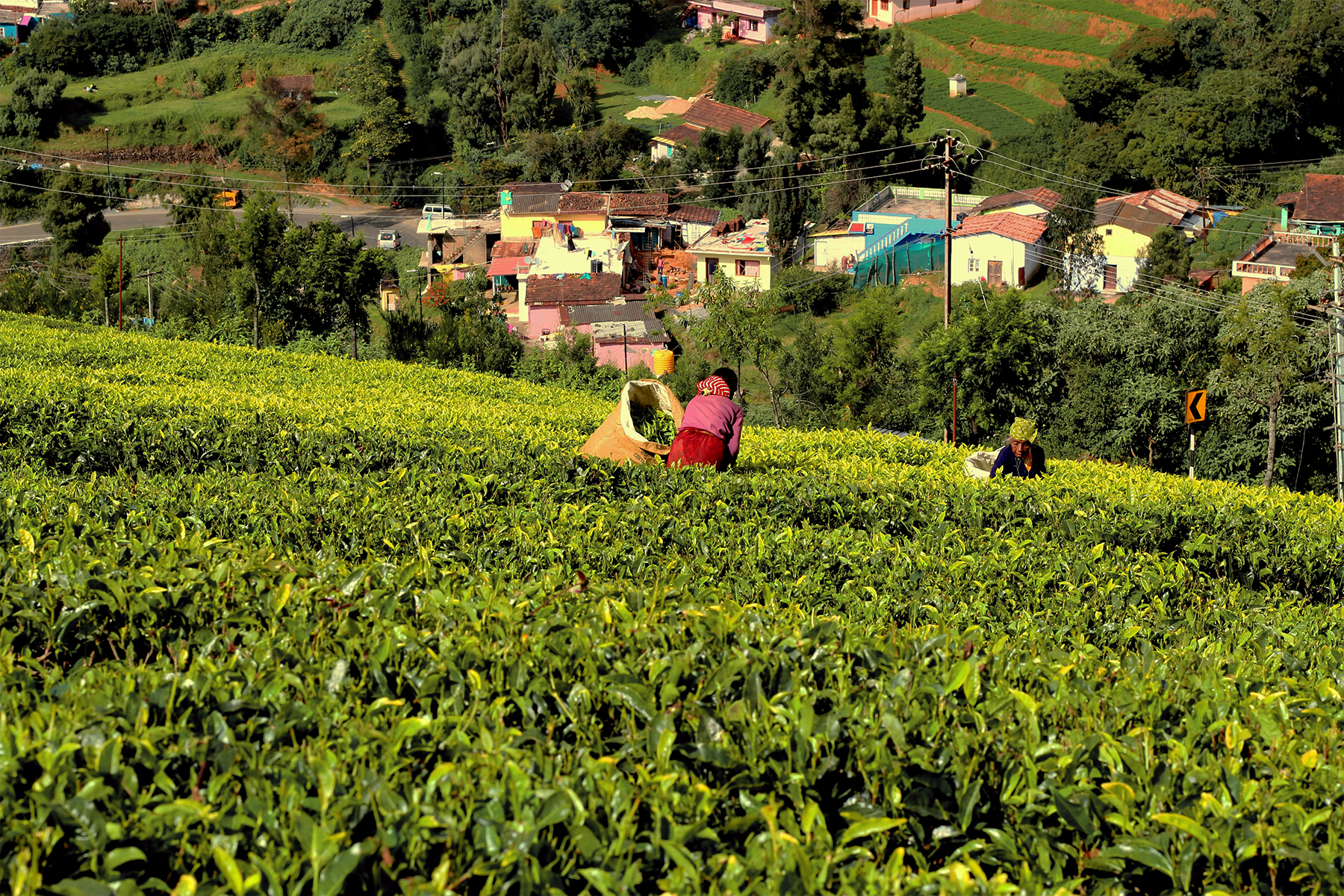
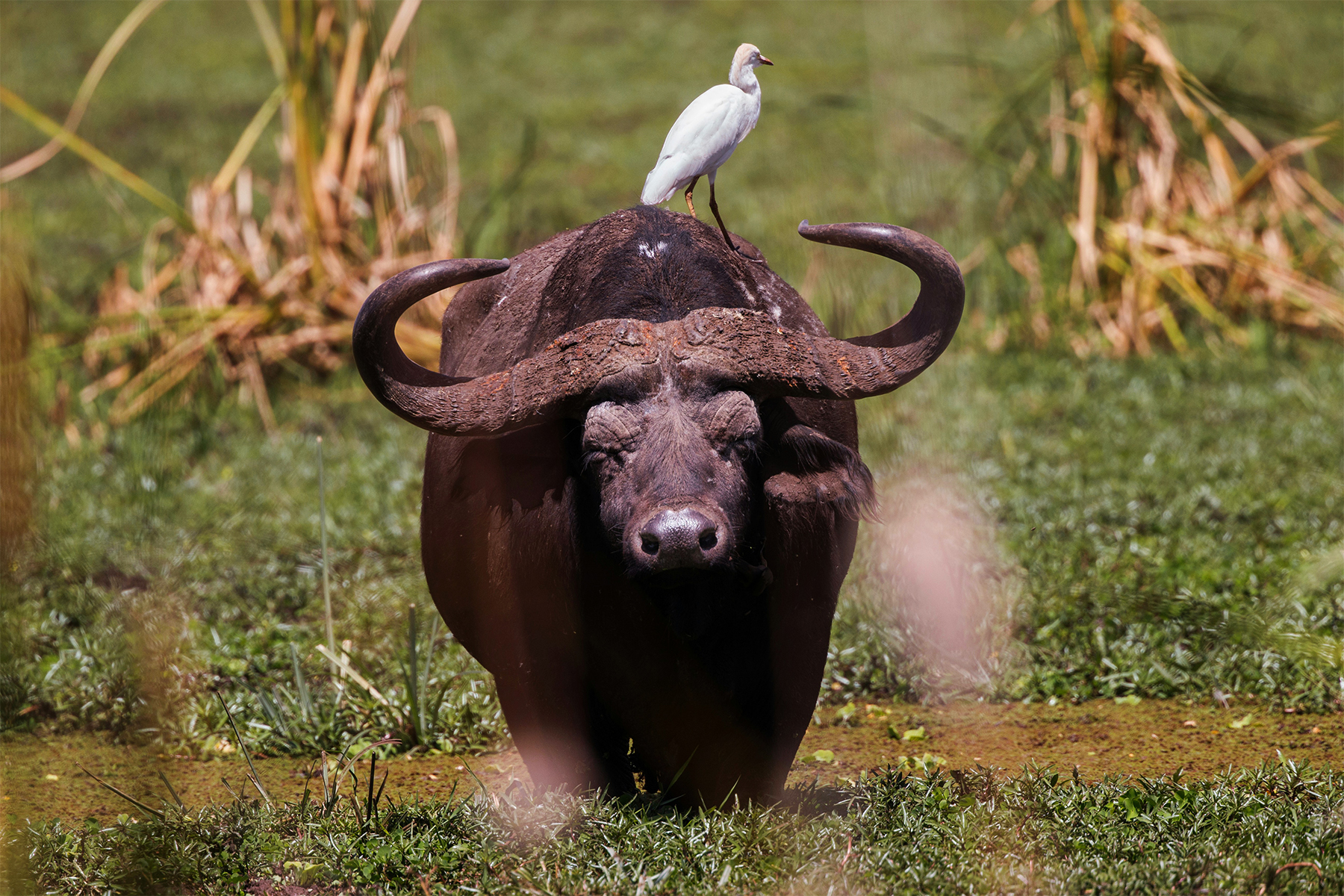

!! Hotel & Tour Packages !!
 Wi-Fi
Wi-Fi
 Restaurant
Restaurant
 Hair Dryer
Hair Dryer
!! Wonders Near Manas National Park !!
Category filter
Chandubi Lake
It is a nice and beautiful lake near Manas National Park Assam and this lake offers nice views which attracts a lot of tourists. It is surrounded by green forests and hills and is a nice spot to spend a peaceful day with family and friends. People can enjoy activities like birdwatching and boating here.
- Distance from Manas: Approximately 95 km
- Attractions: Natural beauty, boating, bird watching
Hajo
Hajo is a unique place and here Hinduism, Islam, and Buddhism intersect. People can visit here the Hayagriva Madhava Temple, the Powa Mecca, and the Hajo Powa Mecca Mosque. This is a nice town near Manas which offers a rich blend of culture and spirituality.
- Distance from Manas: Approximately 70 km
- Attractions: Different religious places, ancient temples
Guwahati
This is the largest city in Assam and this place is a bustling urban center. This city has many things to see and do. This city is located near Manas and people who come here can visit the Kamakhya Temple, can take a sunset cruise at the Brahmaputra River or even explore the Assam State Museum.
- Distance from Manas: Around 140 km
- Attractions: Urban places, temples, river cruises, authentic food
Barpeta
This place is famous among people because of its Satras. These are Vaishnavite monasteries that were established by the saint Srimanta Sankardeva. After coming here you can explore the rich cultural and religious history of Assam. It’s a nice place to visit near Manas National Park.
- Distance from Manas: Approximately 50 km
- Attractions: Satras (monasteries), cultural heritage
Bongaigaon
This is another famous place is Assam which is known for a blend of natural beauty and historical significance. People who come here can visit the Bagheswari Hill and the famous Bagheswari Temple. Another attraction of this place is the Rock Cut Caves at Jogighopa.
- Distance from Manas: Approximately 60 km
- Attractions: Historical sites, temples
Dooars Region
This place is located at the foothills of the Himalayas and it offers nice tea gardens, dense forests, and rich wildlife. People who come here can visit Jaldapara Wildlife Sanctuary and Gorumara National Park. This is a must-visit place near Manas National Park for nature lovers and wildlife enthusiasts.
- Distance from Manas: Varies (bordering Assam and West Bengal)
- Attractions: Tea gardens, wildlife sanctuaries, Natural beauty
!! News and Blogs !!
Get the latest information about this wild park before anyone else.
Cohabitation of Humans and Leopards in Jawai
Jawai is an unfamous spot in Rajasthan where one can spot leopards roaming freely on granite hills. The cohabitation of...
Guaranteed Leopard Sightings In India – Jawai Hills
If you want to see leopards but you don’t know where to go then let me tell you about the...
The Ultimate Adventure Through Jawai Safari
Jawai is a scenic wild place in Rajasthan and here, people can enjoy going on rides on the hills. Let...

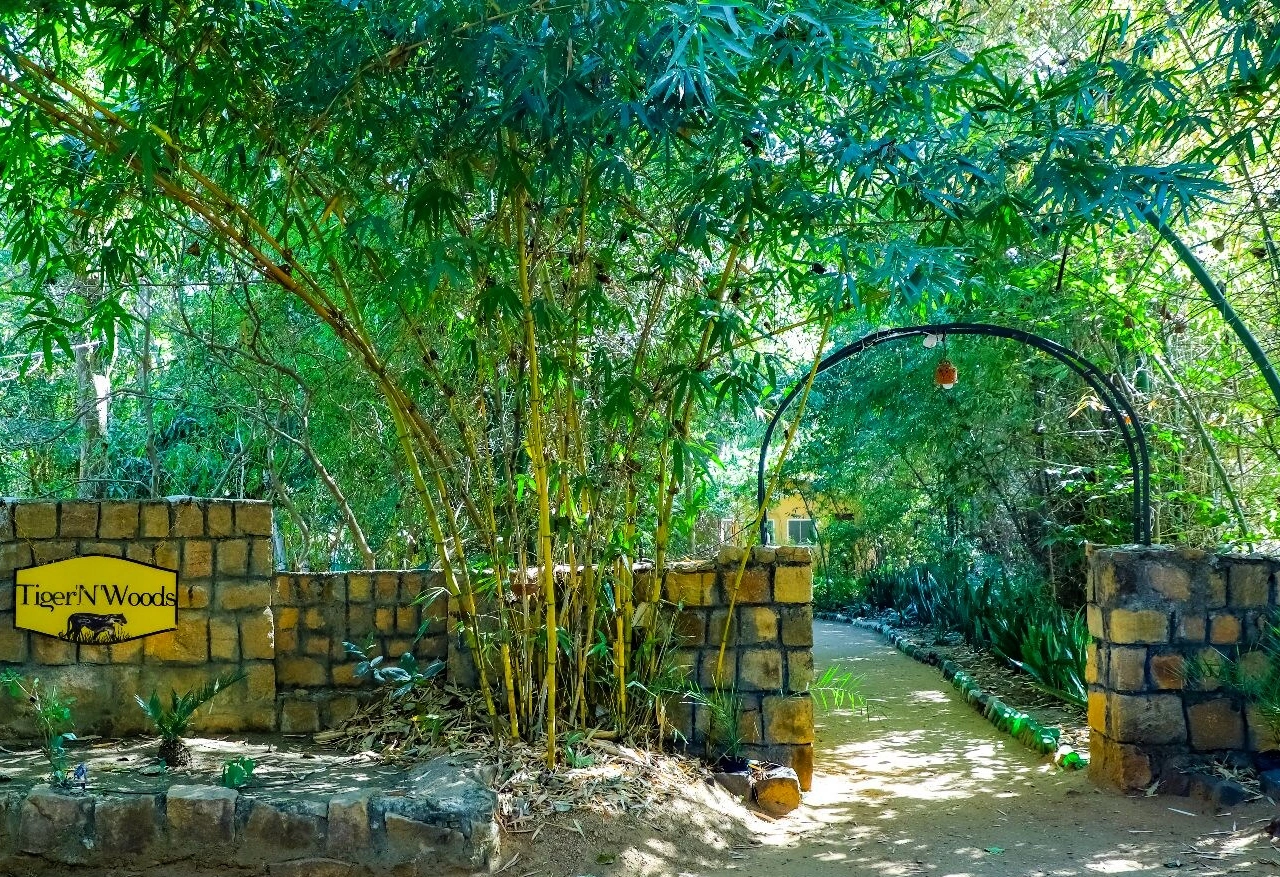

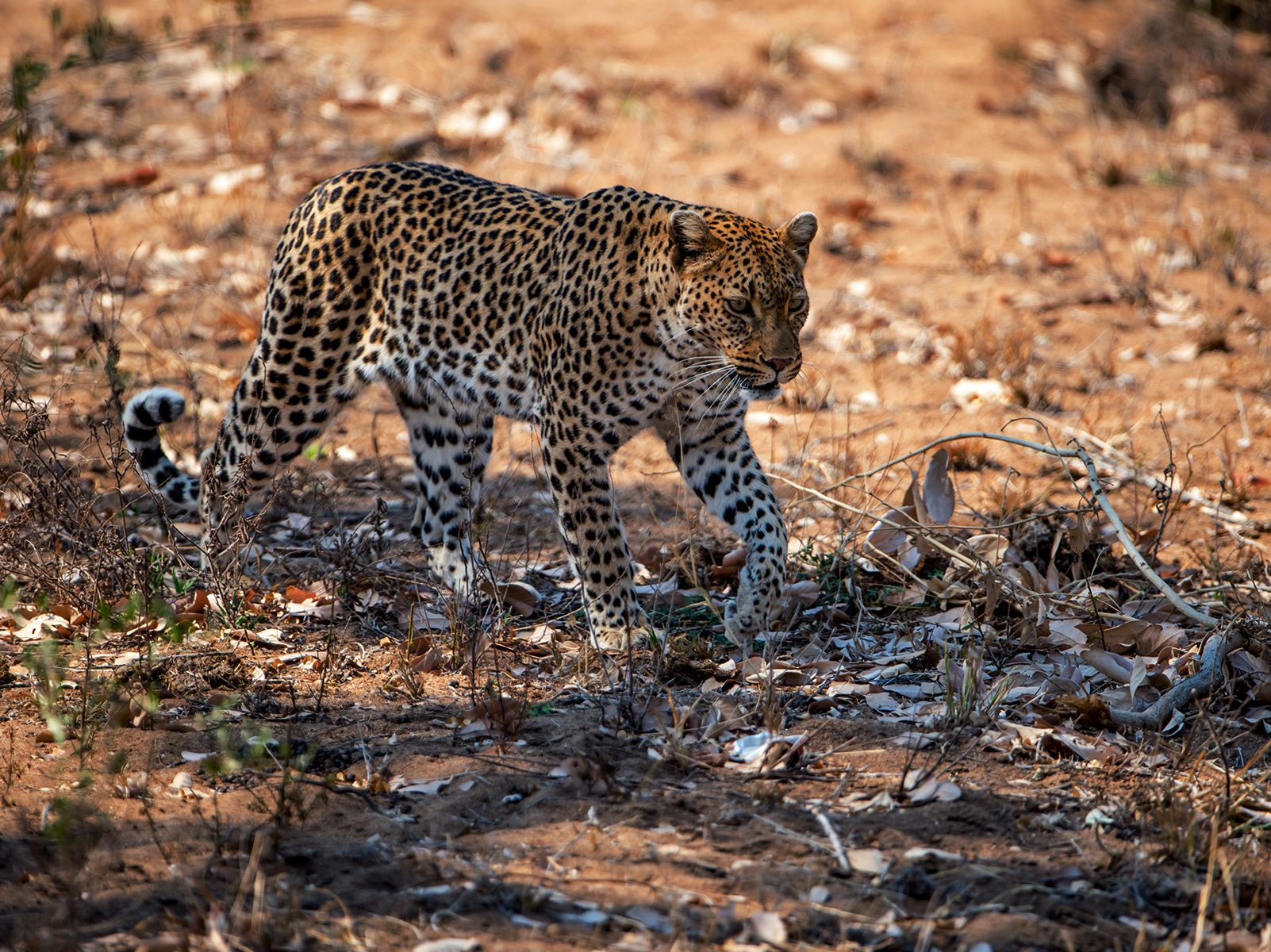
 Welcome Drink
Welcome Drink
 3 Time Food's
3 Time Food's
 Bonefire
Bonefire

